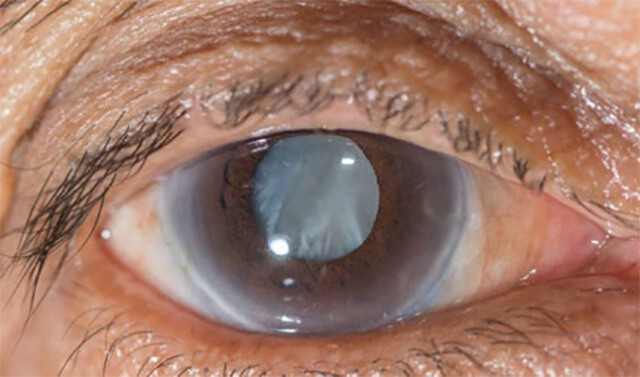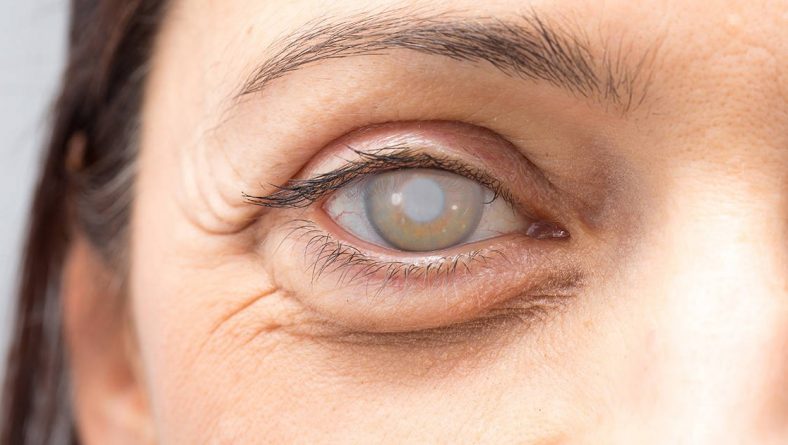What are Cataracts?
The eyes just like any other organs in the body also have present diseases or disorders. According to the World Health Organization (WHO): “Globally, at least 2.2 billion people have a near or distance vision impairment. In at least 1 billion – or almost half – of these cases, vision impairment could have been prevented or has yet to be addressed.” The common eye disorders and diseases include
Refractive errors are a kind of vision issue that makes it difficult to see clearly. They happen when the state of your eye holds light back from zeroing inaccurately on your retina. Refractive errors are the most widely recognized sort of vision issue. In excess of 150 million Americans have a refractive error — however many don’t realize that they could be seeing better. That is the reason eye exams are so significant. In the event that you have a refractive mistake, the eye specialist can recommend eyeglasses or contact lenses to help you see clearly. There are 4 regular kinds of refractive errors: Nearsightedness (myopia) makes far-away objects look foggy. Farsightedness (hyperopia) makes close-by objects look hazy. Astigmatism can make far-away and close-by objects look foggy or misshaped. Presbyopia makes it difficult for moderately aged and grown-ups to see things very close.
 A cataract is a cloudy region in the lens of the eye. Cataracts are common in old people. More than half of all Americans age 80 or older either have cataracts or have had surgery to get them removed. From the start, you may not recognize that you have a cataract. In any case, after some time, cataracts can make your vision foggy, dim, or less brilliant. You may experience difficulty pursuing or doing other ordinary exercises. Fortunately, medical procedures can dispose or remove cataracts. A cataract medical procedure rectifies vision issues brought about by cataracts.
A cataract is a cloudy region in the lens of the eye. Cataracts are common in old people. More than half of all Americans age 80 or older either have cataracts or have had surgery to get them removed. From the start, you may not recognize that you have a cataract. In any case, after some time, cataracts can make your vision foggy, dim, or less brilliant. You may experience difficulty pursuing or doing other ordinary exercises. Fortunately, medical procedures can dispose or remove cataracts. A cataract medical procedure rectifies vision issues brought about by cataracts.
Diabetic retinopathy is an eye condition that can cause vision loss and visual impairment or blindness in individuals who have diabetes. Diabetic retinopathy is the most well-known reason for blindness for individuals with diabetes. It influences veins in the retina. Diabetic retinopathy might not have any manifestations from the outset, however, finding it early can help you find ways to ensure your vision.
Glaucoma is a gathering of eye sicknesses that can cause vision loss and visual impairment by harming a nerve toward the rear of your eye called the optic nerve. The indications can begin so gradually that you may not recognize them. There’s no cure or treatment for glaucoma, yet early treatment can regularly stop the harm and ensure your vision.
With all the aforementioned, these are just the most common eye diseases or disorders that exist. There is still a lot that is not mentioned, that is why it’s very important to take good care of your eyes and have them checked by your eye doctors.
References:
Cataracts. (2019, August 3). Retrieved from https://www.nei.nih.gov/learn-about-eye-health/eye-conditions-and-diseases/cataracts
Common eye disorders and diseases. (2020, June 4). Retrieved from https://www.cdc.gov/visionhealth/basics/ced/index.html
Diabetic retinopathy. (2019, August 3). Retrieved from https://www.nei.nih.gov/learn-about-eye-health/eye-conditions-and-diseases/diabetic-retinopathy
Glaucoma. (2020, July 28). Retrieved from https://www.nei.nih.gov/learn-about-eye-health/eye-conditions-and-diseases/glaucoma
Refractive errors. (2019, July 11). Retrieved from https://www.nei.nih.gov/learn-about-eye-health/eye-conditions-and-diseases/refractive-errors










 powerhousegroup.net
powerhousegroup.net